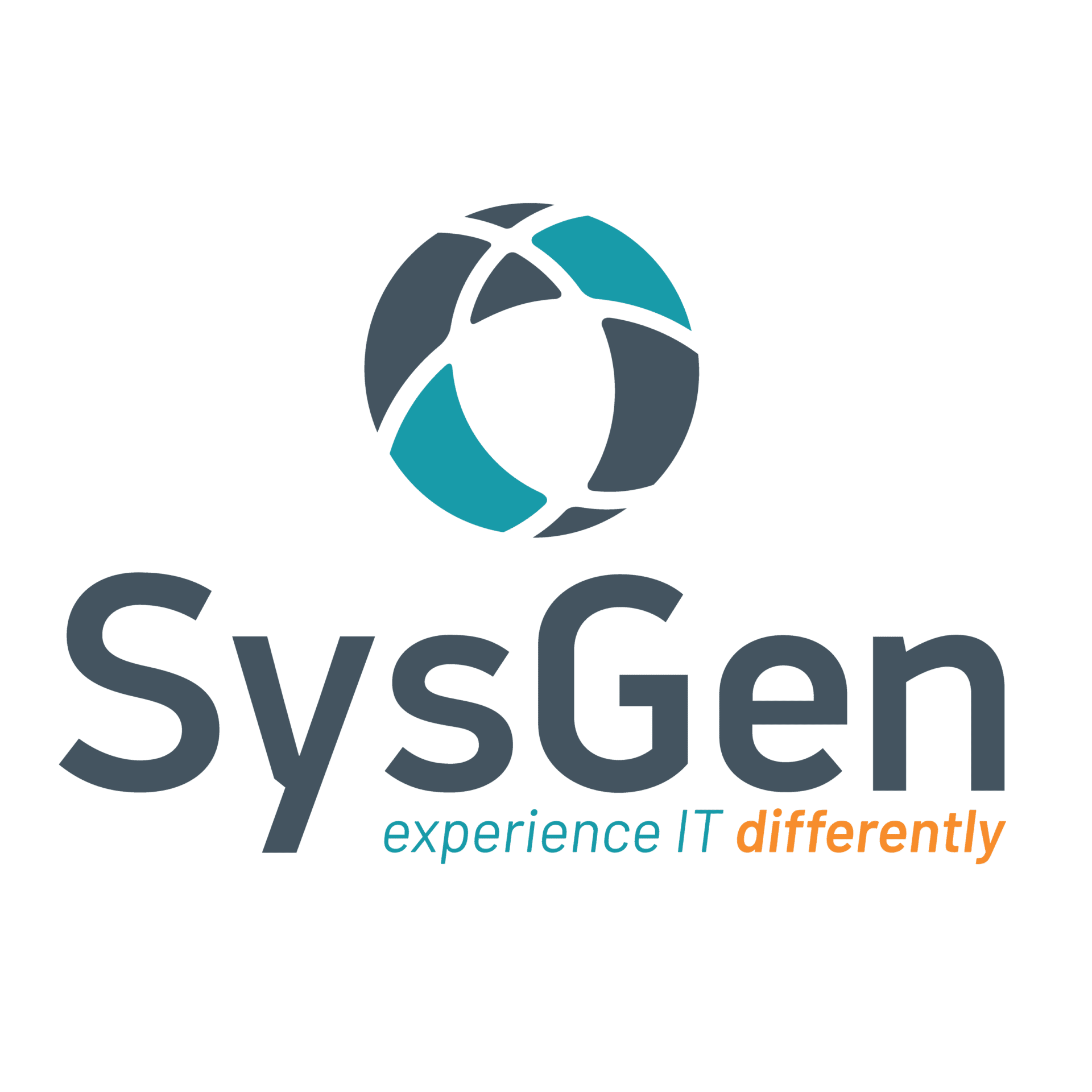In today’s digital age, safeguarding your organization’s data and mobile devices against cyber threats is paramount. Cybersecurity best practices are essential to ensure data protection and resilience. This comprehensive guide will explore organizations’ common cyber threats, mitigation strategies, and practical steps to enhance your cybersecurity posture.
Table of Contents
- Common Cyber Threats and Mitigation Strategies
- Implementing Strong Access Controls and Authentication Measures
- Securing Network Infrastructure
- Encrypting Sensitive Data and Implementing Reliable Backup Solutions
- Educating Employees on Cyber Threats
- Importance of Regular Software Updates and Patches
- Benefits of Conducting Regular Security Audits and Assessments
- Developing and Testing an Incident Response Plan
- Continuous Improvement in Cybersecurity
- Resources and Assistance for Enhancing Cybersecurity Defenses
Common Cyber Threats and Mitigation Strategies
Organizations today face many cyber threats to their mobile devices, critical data, operating systems, and more. These cyber-threats include:
Phishing Attacks
Phishing remains one of the most prevalent and effective cyber threats. These attacks often come in the form of emails that appear to be from legitimate sources, tricking employees into revealing sensitive information such as passwords or financial details.
How to Mitigate Phishing Attempts
To mitigate phishing attacks, organizations should invest in robust email filtering tools that can detect and block suspicious emails. Additionally, ongoing education and training programs for employees can significantly reduce the likelihood of falling victim to these schemes. Conducting regular phishing simulations can also help employees recognize and avoid these traps.
Ransomware
Ransomware is a type of malware that encrypts an organization’s data, rendering it inaccessible until a ransom is paid. This threat can be devastating, leading to significant financial losses and operational disruptions.
How to Mitigate Against Ransomware
To defend against ransomware, organizations should implement comprehensive backup strategies, ensuring that data is regularly backed up and stored securely offsite. Employing advanced anti-malware software and maintaining a rigorous patch management process is also crucial in preventing ransomware infections. Employee training on recognizing suspicious links and attachments can further bolster defences.
Insider Threats
Insider threats can be particularly challenging to address because they involve individuals within the organization, such as employees or contractors, who misuse their access to sensitive data.
How to Prevent Insider Threats
To mitigate insider threats, it is essential to implement strict access controls, ensuring that employees only have access to the information necessary for their roles. Regular monitoring and auditing of user activities can help detect unusual behaviour patterns that may indicate malicious intent. Establishing a culture of security awareness and encouraging employees to report suspicious activities are also vital components of a robust insider threat management strategy.
DDoS Attacks
Distributed Denial of Service (DDoS) attacks aim to overwhelm an organization’s network with excessive traffic, rendering services unavailable. These attacks can be highly disruptive, impacting customer trust and revenue.
How to Safeguard Against DDoS Attacks
To protect against DDoS attacks, organizations should invest in DDoS protection services that can detect and mitigate such attacks in real-time. Additionally, having a well-defined incident response plan that includes steps for addressing DDoS attacks can minimize their impact.
Implementing Strong Access Controls and Authentication Measures
Effective access controls and authentication measures are the foundation of a robust cybersecurity framework. Here are some key steps organizations can take:
- Multi-Factor Authentication (MFA): MFA requires users to provide multiple forms of verification before gaining access to systems or data. This could include something they know (password), something they have (a mobile device), and something they are (biometric verification). MFA significantly reduces the risk of unauthorized access, even if passwords are compromised.
- Role-Based Access Control (RBAC): RBAC limits access to systems and data based on an individual’s role within the organization. By ensuring that employees only have access to the information necessary for their job functions, organizations can minimize the risk of data breaches.
- Regular Audits of Access Logs: Conducting regular audits of access logs can help identify unusual access patterns that may indicate a security breach. These audits should be an integral part of the organization’s security policies and procedures.
Securing Network Infrastructure
Securing the network infrastructure is crucial to prevent unauthorized access and data breaches. For example, Firewalls act as a barrier between trusted and untrusted networks, while IDS monitor network traffic for suspicious activity. Implementing and regularly updating these systems can help detect and block potential threats from accessing critical data.
Another approach is network segmentation, where your organization divides its network into smaller segments. This can limit the spread of an attack. Each segment can be isolated and protected, reducing the risk of a single breach compromising the entire operating system.
If your company has mobile devices or has staff that primarily work from home, you’ve likely heard the term VPN. This stands for Virtual Private Network, which provides secure remote access to the organization’s network, encrypting data transmitted over public networks. This is a particularly important cybersecurity best practice for employees working remotely or accessing the network from unsecured locations.
Encrypting Sensitive Data and Implementing Reliable Backup Solutions
Protecting sensitive data through encryption and reliable backup solutions is essential for maintaining data integrity and confidentiality:
- Data Encryption: Encrypting data at rest and in transit ensures that it remains secure even if intercepted by unauthorized parties. Organizations should use strong encryption standards, regularly update encryption keys and ensure all aspects of their IT infrastructure, including internet service providers, can maintain these cybersecurity best practices.
- Regular Backups: Conducting regular backups and storing them securely offsite ensures that data can be restored in case of a breach or data loss. Automated backup solutions can streamline this process and reduce the risk of human error.
- Encryption of Backup Data: Encrypting backup data adds an extra layer of protection, ensuring that even if backup data is intercepted, it remains unreadable without the decryption key.
Educating Employees on Cyber Threats
Employees are often the first line of defence against cyber threats. Therefore, educating them on recognizing and responding to potential threats is critical:
Regular Training Programs
Providing regular training programs on the latest cyber threats and safe online practices can empower employees to act as vigilant defenders of the organization’s data.
Phishing Simulations
Conducting regular phishing simulations helps employees identify phishing attempts and reinforces the importance of skepticism when dealing with unsolicited emails and links.
Clear Cybersecurity Policies
Establishing and communicating clear cybersecurity policies regarding data handling, password management, and reporting suspicious activities can create a security-conscious culture within the organization.
Importance of Regular Software Updates and Patches
Keeping software and systems up to date with regular updates and patches is vital for maintaining a secure environment:
- Timely Updates: Regularly updating software and systems ensures that known vulnerabilities are patched promptly, reducing the risk of cybercriminals exploiting critical data.
- Automated Update Systems: Implementing automated systems to apply updates and patches can streamline the process and ensure that updates are not overlooked. These should apply to desktop and mobile devices.
- Patch Management Policies: Establishing patch management policies that outline procedures for testing and deploying patches efficiently can minimize disruptions to your operating system while maintaining security.
Benefits of Conducting Regular Security Audits and Assessments
Regular security audits and assessments are crucial for identifying and addressing vulnerabilities. Consider that security audits help identify potential security weaknesses that could be exploited by cybercriminals, but can also align with compliance requirements. Regular audits ensure that the organization complies with relevant regulations and industry standards, avoiding potential legal and financial penalties. In the long term, audits provide insights into areas for improvement in the organization’s cybersecurity strategy, enabling continuous enhancement of security measures.
Developing and Testing an Incident Response Plan
An effective incident response plan is essential for minimizing the impact of security incidents. This plan should include several steps, such as:
- Identification
- Containment
- Eradication
- Recovery
- Lessons learned
Clear roles and responsibilities should be defined throughout these steps to ensure a coordinated response. Aside from this, conducting regular drills to test the effectiveness of the incident response plan can help identify gaps and improve the organization’s readiness to handle real incidents.
Keep in mind that communication is key when developing cybersecurity best practices. Establishing clear communication channels for reporting and responding to incidents ensures that information flows quickly and accurately during a security event.
Continuous Improvement in Cybersecurity
Cybersecurity is an ongoing process that requires continuous improvement to adapt to evolving threats:
- Staying Informed: Keeping up with the latest cybersecurity trends, threat intelligence, and best practices is essential for staying ahead of cybercriminals.
- Investing in Advanced Technologies: Leveraging advanced technologies such as artificial intelligence (AI) and machine learning (ML) can enhance threat detection and response capabilities.
- Engaging with Cybersecurity Experts: Collaborating with cybersecurity experts and consulting with third-party security firms can provide valuable insights and help strengthen security measures.
Resources and Assistance for Enhancing Cybersecurity Defenses
Various resources and assistance are available to organizations seeking to enhance their cybersecurity defences. Government agencies such as the Canadian Security Intelligence Service (CSIS) provide valuable resources, guidelines, and support for improving cybersecurity.
Engaging with industry organizations and forums can provide access to best practices, threat intelligence, and networking opportunities with other cybersecurity professionals.
Finally, hiring cybersecurity professionals for audits, assessments, and consultations can help identify vulnerabilities and develop effective security strategies.
By implementing these best practices, organizations can significantly enhance their cybersecurity posture, ensuring data protection and resilience in the face of evolving cyber threats. In an ever-changing digital landscape, proactive cybersecurity measures are crucial for maintaining the trust of customers, partners, and stakeholders, and for safeguarding the organization’s most valuable asset—its data.



